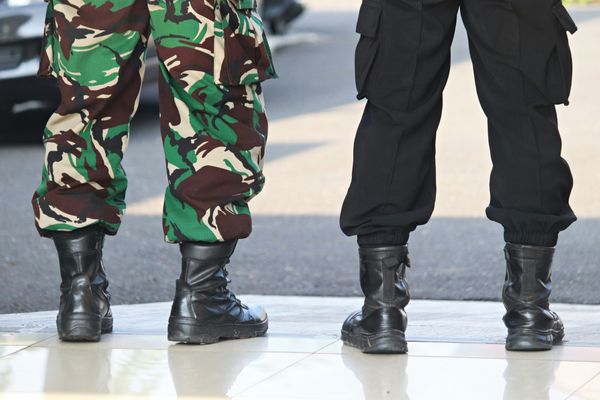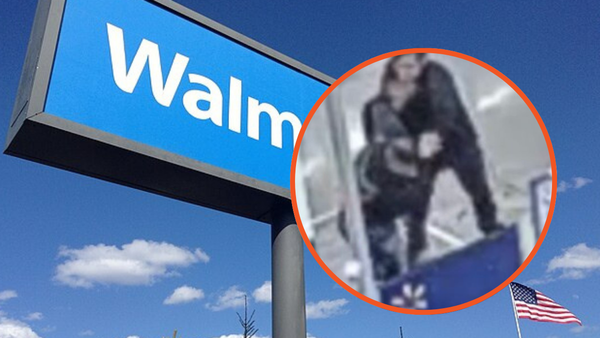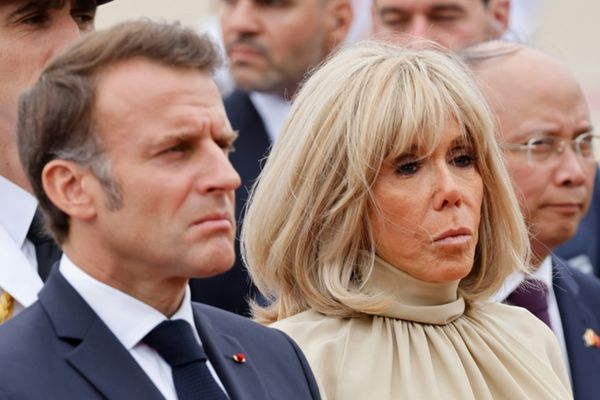
As we go about our lives, little do we realise that some of the streets we hold as our home addresses or commute along are named after our war heroes.
Each of these signposts reminds us of a young lad or lass who had a story to tell of the life they lived, only for it to end tragically.
This is the story of my great-uncle Mervyn and his connection to Eastgate Street, Bundaberg East – one of 35 streets in the town named after war heroes.
There are 737 streets in Brisbane and many more across Australia named in memory of those who made the ultimate sacrifice.
Your street may be one of them.

My great-uncle Mervyn Eastgate was a strapping, handsome lad with a cheeky smile who was known as a bit of a larrikin, and came from the sugar cane growing region.
With good looks and charisma, Mervyn enjoyed his potential as a suitor. He was an accomplished sportsman, and had a knack for coding that he taught himself as a teen; not the coding we know of today, but Morse code.
Merv left school at 15, his mathematical aptitude got him a job as a bank clerk in Winton, central Queensland. This was his first and last job before he enlisted with the RAAF to assist with the war effort.
Sadly, there would be no return to Australia for him … even after he died.
Off to war
Mervyn’s two brothers Harry and Stan also signed up, leaving their parents and two siblings behind with painful yearning.
On their departure my great-great grandmother presented each of her sons with a crown coin for good luck and also as some money in their pocket.
Mervyn was quickly promoted to the position of flight sergeant and then became part of a crew of four on a mission attached to 223 RAF Squadron that conducted air raids against the enemy over Tunisia from Brindisi, Italy.
He was the only Australian airman, with three British lads alongside him.
Mervyn had written to his younger brother Stan with the hope of celebrating Stan’s 20th birthday and having some fun with the ladies on their return, in typical Mervyn style. Sadly, this was never to be.
On April 2, 1943, their Baltimore aircraft was shot down.
The pilot and co-pilot managed to exit the plane by parachute; they were assumed to have landed safely, but their fate remains unknown.
Great-uncle Mervyn and Roy Harris, however, did not survive beyond the crash site. For a long time Mervyn was missing in action, to the torment of his family back home, who wrote many letters to the war office trying to track him down.
His brother Harry, having a break from service, first read the truth about his brother while browsing the list of casualties waiting for a haircut in London.
Special pilgrimage
While my husband and I embarked on a family sabbatical on a sailing boat in the northern hemisphere, there was always the desire to make a very special pilgrimage to visit my great-uncle Merv in Tunisia, if it could ever be possible to head to the African continent.
Incredibly, the opportunity presented itself, so we set sail for three days and two nights from Sicily to North Africa.
A road trip in a hire car to Medjez el Bab followed with our three young boys and a bunch of flowers picked on the roadside – one flower representing each of his parents, siblings and my grandfather’s descendants.

Today, great-uncle Mervyn lies in a twin grave with Roy Harris.
The most probable explanation for this is that it was difficult to identify them separately. Thus, they were united not only in their bravery in World War II, but also in death, side by side for the past 80 years.
Two brave men, forever young. Such a sad, tragic loss of life.
Mervyn was my Papa’s brother, my Dad’s uncle and my great-uncle. It must have been incredibly heartbreaking for his parents and siblings to never be able to pay respects at his grave, and to accept that Mervyn would never return to Australia.
Our family has always felt a great hole. His mother mourned him until her death.
I remember watching on as my great-uncle Stan shed a tear in his 80s recalling the sadness of Christmas in 1943. While on leave, he had returned to the family home and tried unsuccessfully to lift the family by putting up decorations.
Two of his nephews carry Mervyn’s name, including my dad, and there is also the street named after him in Bundaberg.
Some good news
Thankfully, Harry and Stan returned at the end of the war, with their crown coin in their wallets.
Uncle Stan said he could have spent it many times over, instead it left a permanent, deep imprint in his wallet. It was a priceless connection to home for them both that they couldn’t part with.
We were privileged to take this pilgrimage to Tunisia, to pay our respects with my family in our hearts – in particular his family who knew him, but were unable to make this connection in their lifetime.
It was a very special journey that opened our eyes again to the immense loss of war.
The graves of unknown soldiers as well as the names with no grave were many and also even more tragic. We each spent a little time at some of these graves.
It was extremely comforting to us that the memorial gardens were the most beautiful place we visited in Tunisia, funded by the Commonwealth and attended full-time by two thoughtful Tunisian men.
Overlooking the cemetery were some mature Australian gum trees – a little piece of home has always been there with him.
After making this connection with our family hero, I felt an unexpected lump in my throat sailing away from the North African shores.
On Anzac Day, we remember all our past relatives lost at war. We will always remember them and the 90,000 ANZACs who lost their lives in World War I and World War II.
If you would like to check if your street in Brisbane holds special significance, information can be found here.
Perhaps your street holds the key to the secret of a young soldier who had stars in their eyes and a story to tell. By being aware that we live in one of these streets, and carrying it in our hearts, we can keep their memory alive.







